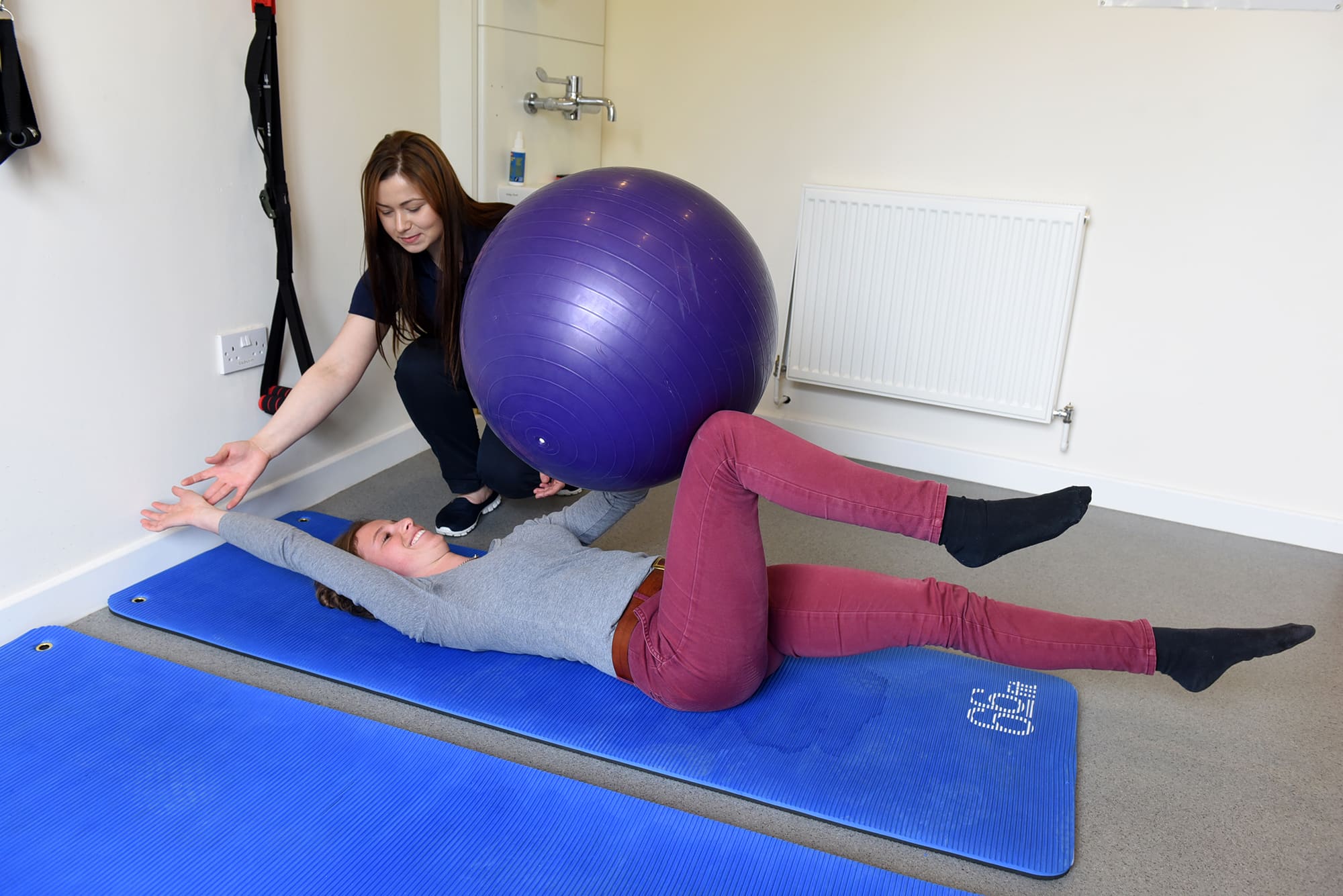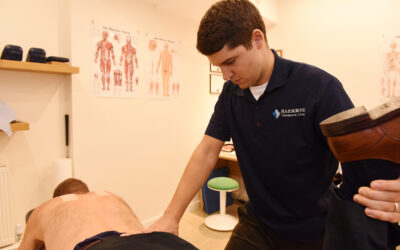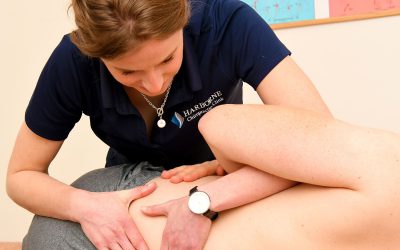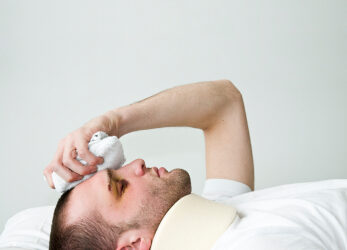With the new year now approaching many people’s new year’s resolution is to be more active and running is one of many ways to achieve this. One of the common running injuries that patients present with in the clinic is Patellofemoral Pain Syndrome, also known as runners knee. Symptoms include an aching pain in the front of the knee or under the knee cap, most commonly experienced after exercise, walking up and down stairs or hills and sitting with the knees bent for long periods. Many patients also report a clicking or cracking sound when bending the knee. Be aware that patellofemoral pain syndrome is often confused with chondromalacia patella (which is a cartilage problem) and patella tendonitis. Generally patients will report similar symptoms but the cause is different and so is the treatment
Patellofemoral Pain Syndrome occurs when the patella (kneecap) rubs on the femur bone underneath causing friction and therefore pain. It is thought that incorrect tracking of the patella over the femur is the reason for the increased friction. The initial cause of patellofemoral pain syndrome is likely to be overuse which often leads to muscle imbalances that affect patella tracking.
To avoid patellofemoral pain syndrome the advice it to always increase activity levels slowly. If you are already suffering from symptoms then treatment and rehabilitation is based around identifying the causes and strengthening or re-training the muscles which may have contributed to the injury. The muscle insufficiencies commonly associated with patellofemoral pain syndrome are weak quadriceps, tight iliotibial band and hamstrings and tightness or weakness of the gluteal muscles. Patella taping techniques are excellent for helping control the position of the patella and reliving symptoms while muscle imbalances are being corrected.
Harborne, Edgbaston & Moseley Editorial
December 15, 2016 Correct use of a baby carrier...




